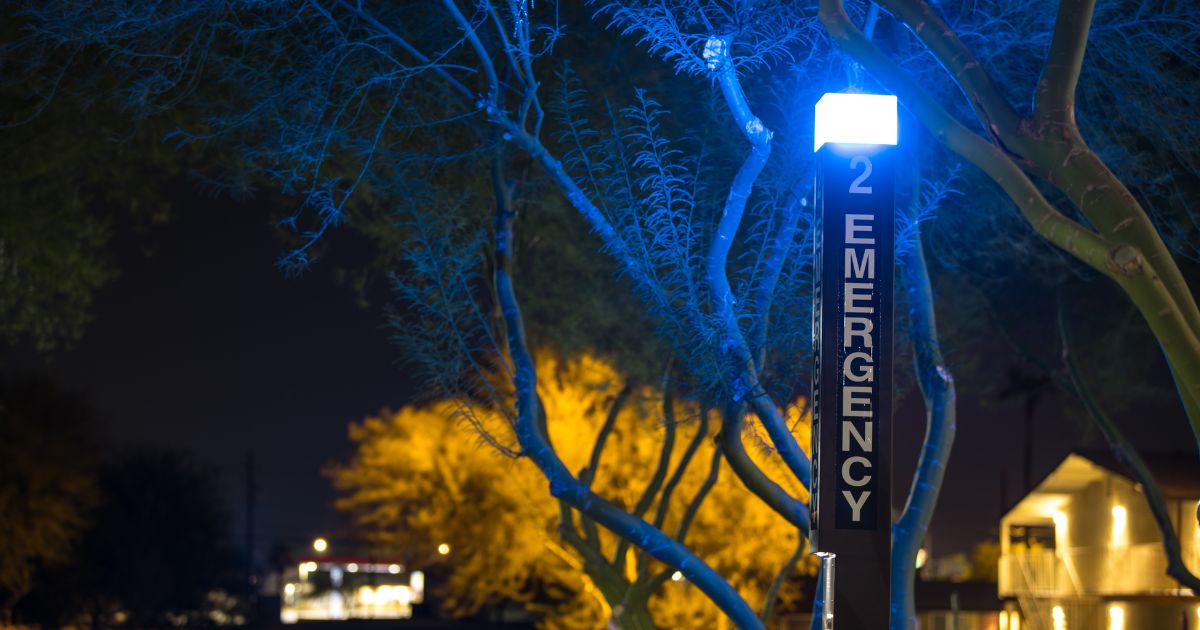
Is your campus adequately reporting assaults, sexual harassment, stalking and other behaviors? If so, congratulations. You’re probably an outlier. This article points out just one example of problematic metrics: over 2,000 campus rapes somehow only translated to a mere forty when reported as required under the Clery Act. That suggests that many campuses aren’t able to report complete statistics on campus assaults.
The Clery Act (officially the Jeanne Clery Disclosure of Campus Security Policy and Campus Crime Statistics Act) has been an important factor in combatting campus violence since 1990. Now the federal government has a new tool to improve campus safety. The Violence Against Women Act Reauthorization Act of 2022, signed into law by President Biden last March, requires colleges and universities that receive federal funding to improve their prevention and response to assaults. This includes creating an Interagency Task Force on Sexual Violence in Education to advise the public, government agencies and educational institutions on sexual violence prevention and response. More importantly, the Department of Education will conduct a biannual “campus climate” survey of students that will collect – and publish – more accurate metrics on campus assaults and a set of best practices for prevention.
Confidential reporting, via a portal developed by the DoE and customizable by institution, needs to be working in time to gather submissions within two years – in other words, March 2024, which is approaching very quickly on administrators’ calendars. Results from the survey are required to be available to the public, listed by institution. And that may be an issue for many institutions. While the media focusses on shooter events on campus (and rightly so), the reality is that other types of assaults on campus continue to climb. For example, assault rates increased 30% on Tennessee campuses from 2021 to 2022.
Campus leadership already has enough on their collective plates when it comes to keeping their campuses safe, so more reporting requirements will be a burden. Even worse is the possibility that poor results from the survey may discourage student registration. In the words of Representative Jackie Speier, whose campus safety bill became part of the VAWA reauthorization act: “When I took my daughter on a college campus tour, all the parents would be in a room, typically with their kids, and the first question that was always asked, the very first question, was around sexual assaults on college campuses. And the argument that an emergency blue light box somehow is going to be the solution— well, it’s not the solution.”
…the argument that an emergency blue light box somehow is going to be the solution— well, it’s not the solution.
Representative Jackie Speier
What can help administrators is demonstrating ongoing safety efforts, so students and their families know their concerns are being addressed. Fortunately, your institution doesn’t have to wait for the DoE’s best practices report to get started improving campus safety.
New safety technologies are on the way
There are a wealth of new security technologies in development right now, many of them using artificial intelligence (AI), facial recognition, predictive analytics and even robotics. These systems can monitor video footage to identify potential threats and respond to incidents in real time. While license plate and facial recognition are already widely implemented, site anomaly detection is a newer technology that will use machine learning trained on campus locations to notify security when a person or object captured on video does not seem to belong.
Other biometric systems can accurately count people entering and leaving buildings, while fingerprint scanners and voice recognition can be used to control access to buildings and facilities, verify identities, and prevent unauthorized access. These are just a few of many upcoming security technologies being developed for college campuses. As AI technologies evolve, we’ll continue to see innovative security solutions developed.
There are many existing solutions, too
But not all security solutions need to be cutting edge. Intelligent lighting systems can be used to deter crime and improve visibility on campus. These systems can be programmed to dim or brighten lights in response to changes in activity.
And there are other tactics schools can implement. For example, as days get shorter, consider pivoting to remote classes or altering class schedules so students can travel on campus before it gets dark. Don’t rely on emails to notify students of campus emergencies. Automatically enroll new students in SMS messaging and consider disallowing opt outs from the system.
Finally, if you don’t already have services established, a Safe Ride program can help by providing on demand rides to students during late hours, so they don’t need to walk on campus in the dark. Talk to our experts to learn how easy it is to start a Safe Ride program at your institution.